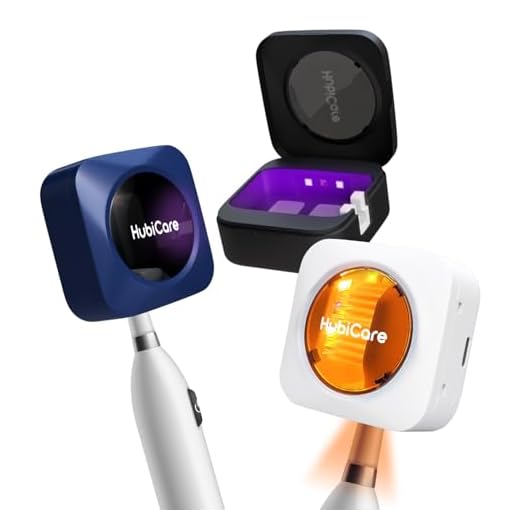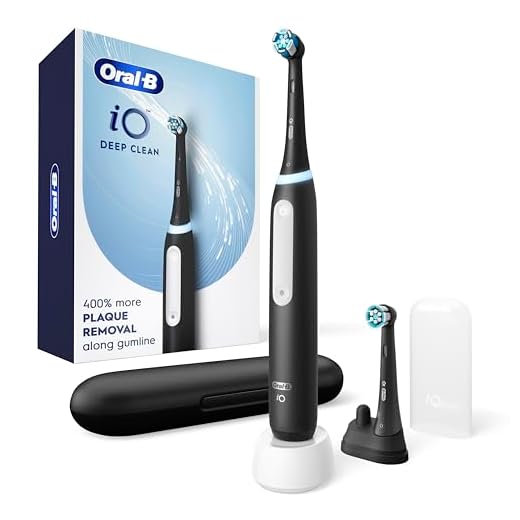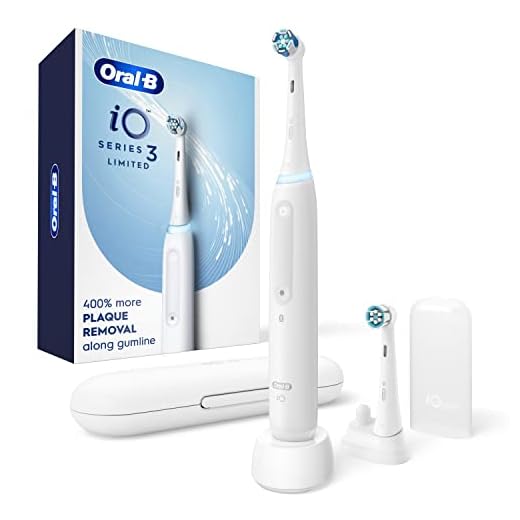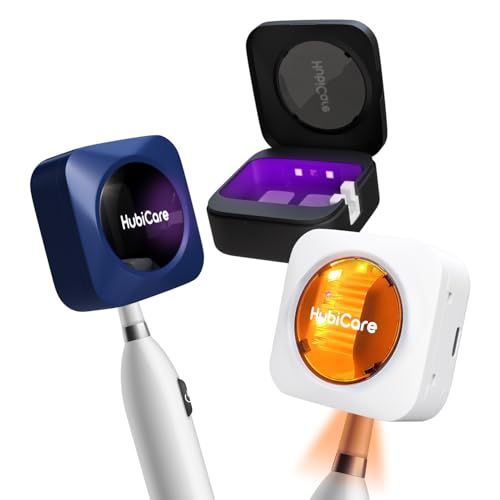





Regulatory summary: Rechargeable lithium-ion cells up to 100 Wh are generally permitted in both checked and cabin baggage, but placing the device in cabin baggage reduces risk and simplifies security checks. Cells between 100–160 Wh require airline approval; cells above 160 Wh are prohibited for passenger carriage. Non-rechargeable lithium metal cells are limited by lithium content (maximum ~2 g of lithium per cell) and are usually allowed only in the cabin.
How to verify capacity: Check the marking on the battery or in the product manual for voltage (V) and capacity (mAh). Convert mAh to Wh with the formula Wh = (mAh ÷ 1000) × V. Example: a 3.7 V / 700 mAh cell equals ~2.59 Wh, well below regulatory thresholds for cabin carriage.
Packing recommendations: Power off the device and prevent accidental activation (remove the brush head or lock the unit if a lock exists). Place the unit in a protective case or padded pouch inside the cabin bag. Spare removable cells or small power banks must be carried in the cabin, with terminals insulated (tape, terminal covers, or original packaging) and each item protected from short circuits.
At check-in and security: Present the device for inspection if requested and keep documentation of battery ratings handy when capacities approach regulatory limits. For devices with removable batteries placed in checked baggage, remove cells or ensure they cannot be activated; however, best practice is to keep both device and spares in cabin baggage. Verify the Dutch flag carrier’s current policy before travel and request approval if any battery falls in the 100–160 Wh range.
Carry-on guidance for battery-powered oral brushes
Store battery-powered oral brushes in carry-on baggage; spare lithium cells must be carried in cabin baggage with terminals insulated and capacities compliant with airline and IATA rules.
Regulatory limits
Lithium-ion: ≤100 Wh allowed in cabin without airline approval. Between 100 Wh and 160 Wh requires prior approval and is usually limited to two spare cells. >160 Wh prohibited. Lithium-metal: cells containing more than 2 g elemental lithium are forbidden on passenger aircraft. Non-lithium cells (AA/AAA NiMH or alkaline) are not subject to these lithium-specific limits but must still meet general transport rules.
Packing recommendations
Keep the rechargeable cell installed when feasible. Store spare cells in original packaging or individual plastic cases, tape exposed terminals, and keep spares in carry-on rather than checked. Prevent accidental activation by switching the unit off, locking the power button if available, removing the brush head, or using a protective cap. Carry chargers and USB cables in cabin baggage. If watt-hour rating is not printed, calculate Wh = V × mAh ÷ 1000 (example: 3.7 V × 600 mAh = 2.22 Wh). Contact the carrier before departure for high-capacity cells, multiple spares, or when uncertain about a specific model.
Are rechargeable oral cleaning devices with built-in lithium‑ion cells allowed in cabin baggage on the Dutch flag carrier?
Yes – devices with integral lithium‑ion batteries are permitted in cabin baggage on the Dutch flag carrier, provided the cells meet IATA/ICAO limits and protection rules listed below.
Battery capacity: cells up to 100 Wh require no airline approval. Cells between 100 Wh and 160 Wh need prior airline approval and are limited (typically max two spare/replaceable batteries per passenger). Batteries above 160 Wh are not permitted in passenger aircraft.
Spare batteries (separate from the device) are not allowed in checked baggage and must travel in cabin baggage only; terminals must be insulated by taping the contacts, placing each in its original retail packaging, or using individual plastic pouches to prevent short circuits.
Installed batteries: when non‑removable, leave them installed in the device and stow the device in cabin baggage. Power the device off and prevent accidental activation (use travel covers, remove from charging stands, or secure inside a case).
Capacity check: calculate watt‑hours with Wh = (mAh × V) / 1000. Example: a 3.7 V cell at 700 mAh = 2.59 Wh – well below limits common for oral cleaning devices. Verify the rating on the product label or manual.
Battery packs and chargers: carry chargers and USB cables in cabin baggage. If unsure about a specific battery rating or configuration, contact the airline’s customer service for written approval before travel and consult the airport security guidelines at departure.
Battery capacity (Wh) limits for battery-powered oral-care devices on flights
Recommendation: Cells installed in devices rated ≤100 Wh may travel in the cabin without prior approval; spare lithium‑ion cells >100 Wh and ≤160 Wh must have airline approval and are limited to two per passenger; cells >160 Wh are not allowed in passenger carriage.
Packing rules: Spare lithium‑ion cells are allowed in carry‑on only; terminals must be insulated (tape, terminal covers or original retail packaging) and each cell kept separate. Units with built‑in cells can be carried in either checked baggage or carry‑on provided accidental activation is prevented (use a travel lock or remove batteries where feasible); do not place spare cells in checked baggage.
How to calculate Wh: Wh = (mAh ÷ 1,000) × V. Examples: 3.7 V × 500 mAh = 1.85 Wh; 3.7 V × 2,000 mAh = 7.4 Wh. Most rechargeable batteries used in oral‑care gadgets fall between 1–10 Wh, well below the 100 Wh threshold.
If the rating is missing: Look for manufacturer specifications or markings showing Wh, V or mAh. If only mAh is listed, apply the formula above. For calculated values close to 100 Wh, obtain confirmation from the carrier before travel; for 100–160 Wh obtain written approval.
Store devices and spare cells in an easily accessible compartment of a best backpack for everyday carry so cabin staff can inspect if required.
Packing and presenting a rechargeable oral brush for airport security on flights with the Dutch carrier
Store the battery-powered oral brush inside carry-on cabin baggage in a hard or semi-rigid case; remove any removable cells and place them separately in protective sleeves or the original battery packaging.
Cover exposed battery terminals with non-conductive tape or use plastic terminal caps; keep spare cells individually insulated and away from metal objects to prevent short circuits.
Switch the device off and secure the brush head with a cap or wrap; present the item in the screening tray if requested and be prepared to power it up briefly for a functionality check only if an officer asks.
Keep manufacturer labels or a specification sticker showing battery type and capacity accessible (photograph on a phone works) to speed up inspections when staff request battery information.
Prefer cabin carriage rather than checked baggage to reduce thermal and mechanical stress on rechargeable cells and simplify inspection; follow any directives from the carrier or airport security staff during screening.
For accessory storage or cleaning gear recommendations, see best pressure washer for cleanign a motorbike.
Spare removable batteries and charging cables in carry-on – clear recommendation
Keep all spare removable lithium cells (both lithium‑ion and lithium‑metal) and charging cables/chargers inside carry-on/cabin baggage; do not pack spare cells in checked baggage. Lithium‑ion cells up to 100 Wh are allowed in the cabin without prior approval. Cells between 100 Wh and 160 Wh require airline approval and are limited to two per passenger. Cells above 160 Wh are prohibited. For lithium‑metal cells the lithium content must not exceed 2 g per cell.
Battery handling and capacity details
- Remove spare cells from devices when possible; devices with installed batteries may remain switched off and kept in cabin baggage.
- Protect terminals by taping exposed contacts, using original retail packaging, or placing each cell in an individual plastic sleeve or purpose‑made battery case.
- If capacity labels are missing, calculate watt‑hours from manufacturer data (Wh = V × Ah) or carry documentation showing the cell’s Wh rating.
- Powerbanks and portable charging packs are treated as spare lithium‑ion batteries and must follow the same Wh limits and carriage rules.
Charging accessories and interaction with security checks
- Charging cables and standard chargers without internal batteries are allowed in cabin baggage; pack them in an easy‑access pocket or pouch to speed up inspection.
- External chargers that contain a battery (charging bases, battery packs) are regulated as spare batteries and must meet Wh limits and protection requirements.
- If carrying cells in the 100–160 Wh band, obtain airline approval before travel and carry the approval and manufacturer specs during screening.
- At security, present spare cells in their protective covers or packaging and be prepared to show capacity markings or documentation if requested.
What to do if staff or security request removal, inspection, or stowage of a battery-powered oral-care device
Comply immediately with staff directions: power off the battery-powered oral-care device, remove any removable cells when asked, place device and spare cells in separate inspection trays or clear bags, and present charging cable separately.
Immediate procedures at the checkpoint
Set power switch to OFF and enable any travel-lock feature. Place the device in the X‑ray tray or as instructed and remove external caps. For removable lithium cells, place each cell in a protective sleeve or original packaging, tape exposed terminals, and present them in a separate container. Have battery-capacity information ready (Wh rating from the cell label, user manual or receipt) to show officers. If a manual inspection is required, open the travel case and allow officers to inspect internal compartments while keeping model and serial labels visible.
If staff direct temporary stowage in the cabin (overhead bin or under seat), ensure the device is switched off, wrapped to prevent accidental activation, and stored inside a crush-resistant container. If directed to place the device into checked baggage, request the specific policy reference and remove lithium cells beforehand, retaining removable cells in the cabin if regulations permit.
Actions if the item is retained, damaged, or requires follow-up
Obtain a written property receipt or incident reference from the carrier or security staff documenting the reason for retention and the retrieval process. Photograph the device, tag numbers and condition before handing it over. Keep boarding pass, baggage tags and any written statements. File a damage or loss claim immediately at the airport service desk and note claim deadlines on the carrier website. If retrieval is denied or handling appears improper, escalate to an on‑site supervisor and request formal contact details for the carrier’s customer-relations team; preserve all correspondence and receipts for insurance or regulatory complaints.
For unrelated travel gear recommendations, see best cantilever umbrella for the money.
FAQ:
Can I bring my electric toothbrush in my KLM carry-on bag?
Yes. KLM permits electric toothbrushes in hand luggage. If the toothbrush has its battery built into the device, you can pack it in your carry-on without extra paperwork. Keep the toothbrush turned off and store it in a case or pouch to prevent accidental activation or damage during the flight.
My toothbrush uses a lithium-ion battery — are there capacity limits for KLM flights?
Small lithium-ion cells that are built into consumer devices such as electric toothbrushes are generally allowed. The usual international aviation limits apply: batteries with a rated energy up to 100 Wh per battery may be carried in carry-on baggage without airline approval. Batteries between 100 Wh and 160 Wh require airline approval, and batteries above 160 Wh are not permitted on passenger aircraft. Most toothbrush batteries are well below 100 Wh, but if you are unsure, check the battery label for mAh and voltage and calculate Wh (Wh = (mAh/1000) × V) or consult the device manufacturer.
Can I put my electric toothbrush (and spare battery) in checked luggage on KLM?
It is safer to keep the toothbrush and any spare batteries in your carry-on. KLM and international rules require that spare lithium batteries and power banks be carried in cabin baggage only, with their terminals protected against short circuits (by taping the terminals or keeping them in original packaging). Devices with installed batteries can sometimes go in checked baggage, but carrying them in the cabin reduces the risk and makes it easier for staff to manage any battery-related issue.
Do I need to take any special steps when packing an electric toothbrush for a KLM flight?
Yes. Before travel switch the toothbrush off and secure any moving parts. If the battery is removable, consider placing it inside the device rather than loose in luggage. For spare lithium batteries, keep them in your hand luggage and protect the terminals (use tape, plastic sleeves, or original packaging). Pack the toothbrush in a protective case or wrap it so it cannot turn on accidentally. If you carry a charger or USB cable, pack these with the toothbrush in carry-on for easy access at security checkpoints. If in doubt, check KLM’s official baggage and dangerous goods information before your flight.







